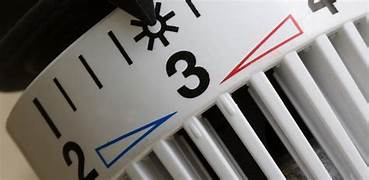Maintaining a comfortable and healthy living environment is a shared responsibility between landlords and tenants. Adequate heating and proper ventilation play pivotal roles in achieving this goal. In this blog post, we’ll delve into the guidelines provided by the Tenancy Services regarding heating and ventilating rental properties, emphasizing the significance of these factors for both landlords and tenants.
Heating Your Rental Home:
- Regulatory Requirements: As of now, landlords are obligated to provide a form of heating in any living room, as mandated by the Housing Improvement Regulations 1947. While some councils may offer information about approved heating methods, an affordable plug-in heater may be considered sufficient by the Tenancy Tribunal. However, it’s important to note that such heaters may not meet the healthy homes standards.
- Healthy Homes Standards: The heating standard is an integral part of the healthy homes standards. To comply, landlords must provide one or more fixed heaters that can effectively heat the main living room. These heaters must meet the acceptable types and minimum heating capacity specified for the main living room.
Maintaining Adequate Ventilation:
- Moisture Reduction: Proper ventilation aids in reducing moisture levels within the home, contributing to tenant health and making the property easier to heat.
- Healthy Homes Standards: The ventilation standard is another critical component of the healthy homes standards. It emphasizes the importance of ventilation in maintaining a healthy indoor environment.
Tenant Responsibilities:
- Regular Ventilation: Tenants play a key role in keeping the property ventilated. They should make it a habit to open doors and windows regularly to allow fresh air circulation, even during colder months.
- Combatting Moisture: Tenants can minimize moisture accumulation by opening windows while cooking or showering. Keeping the bathroom door closed during and after showers helps prevent steam from spreading.
Landlord Responsibilities:
- Heater and Ventilation Maintenance: Landlords are responsible for maintaining heaters and ventilation systems. While tenants are required to maintain a reasonably clean and tidy rental property, including heat pumps and heaters, landlords are typically responsible for more technical maintenance.
- Education and First Inspection: Landlords are encouraged to demonstrate how to clean and maintain accessible filters or units during the initial property inspection. Where technical knowledge or specialized tools are necessary, landlords are generally responsible for maintenance.
Benefits for Both Parties:
- Tenant Well-being: Adequate heating and ventilation contribute to tenant health by reducing the risk of cold-related illnesses and respiratory issues.
- Stability and Satisfaction: A comfortable and energy-efficient home can lead to longer tenant stays and fewer missed rent payments.
- Market Appeal: Well-insulated and efficiently heated properties are more attractive to potential tenants, possibly leading to higher rental returns.
Achieving a warm, dry, and healthy rental property is a collective effort. By adhering to Tenancy Services guidelines and fostering communication between landlords and tenants, we can create living spaces that prioritize comfort and well-being.



